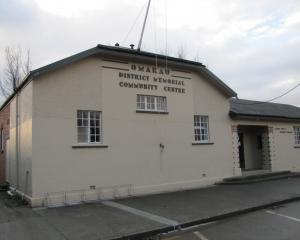
The new 0.6ha will effectively double the size of the reserve and has historic value, including stone ruins, heritage fruit trees and the rock tors where stone was drilled from to build the cottage.
"Visitors will be encouraged to explore the area behind Mitchells Cottage, which we feel will greatly add to their experience," Doc's Central Otago visitor/historic assets ranger, Marion Sutton, said.
Doc staff will also carry out maintenance work on the cottage.
The stonework had been repointed in 2001 but is now due for more work.
"If you don't repoint regularly the mortar between the stone will continue to erode," Ms Sutton said.
There had been much public debate in 2001 when the restoration work was first carried out as people believed there was so little mortar remaining the stone had probably just been dry-stacked.
Having the pointing done flush with the stone was also an issue.
Doc finished the pointing by raking it back so it was set back from the face of the stones.
Contractors will begin work shortly on the repointing, which has already significantly eroded since 2001.
Mitchells Cottage was built by gold miner Andrew Mitchell for his brother John and sister-in-law Jessie between 1880 and 1904, using local schist.
Mr Mitchell used masonry techniques he had learned from his father at home in the Shetland Islands.
The mortar will be made from a mix of local earth, sand and lime and the stone is pointed by filling the gaps in between.
Mitchells Cottage is situated off Symes Rd, which runs into State Highway 8 at Fruitlands.
It is considered to be one of the best surviving examples of the stonemason's craft from the turn of the 19th century.
The cottage is the heart of the historic reserve, which was created in 1980, managed by Doc and protected by the Historic Places Trust.












